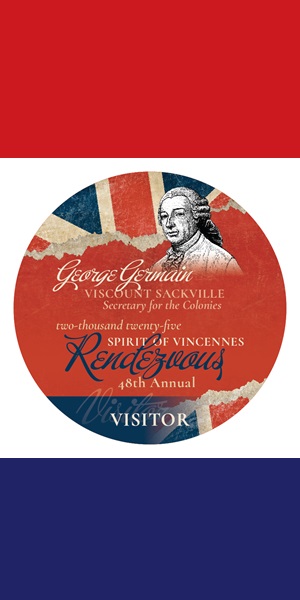Article courtesy of Amy McCarty
On Thursday, April 07, 2016, members of the Carmi Kiwanis were given the opportunity to listen to former States Attorney and Judge, Tom Sutton, on his and his wife Cheryl’s cultural trip to Cuba. Their trip was the “Havana Jazz Festival”. Along with Tom and Cheryl, Nancy Kuhnert and her mother Ann were traveling companions.
Tom began by stating, “Cuba lies only 90 miles south of the Florida Keys. There has always been a controversy about the relations between the U.S. and Cuba. In recent years, the controversy has intensified as the result of some relaxation of the rules regarding travel to Cuba. You, as a U.S. Citizen, cannot travel to Cuba as a tourist. Fortunately, like all good laws, there are always exceptions. Actually, you cannot travel from the USA to Cuba unless you are within certain categories—educational, agricultural, cultural, etc.
Their seven day trip consisted of many attractions, tours, and seeing lots and lots of old time cars. Hotel Nacional was the hotel where they stayed. It is the 5 star hotel of the movie stars and gangsters of the 30s, 40s, and 50s when Cuba was the vacation spot of the world. Many of the rooms are named after the famous actors and gangsters that stayed there. Their room was the Gary Cooper’s room; complete with framed pictures and biography of him!
Ernest Hemingway’s Lookout Farm was an interesting tour. He initially rented Lookout Farm for $100 a month. When he got his 1st royalty check from “For Whom the Bell Tolls“, Hemingway bought the house for $18,500.00. No one is allowed inside the house, but you can view every room through wide open windows. All the rooms had books – even the bathroom – 9,000 arranged the way Hemingway liked them, with no concern for authors or subjects. They were told that his swimming pool was the largest one in Cuba at the time that he lived there.
Old Havana represents the early colonial settlement that lay within the fortified walls of Havana. More than 144 of these buildings date back to the 16th and 17th centuries. In front of Plaza De Armas is a road made of “cobble wood”. Although it looks like cobblestone, it is actually wood to soften the noise of carriages and horses and so as not to disturb the governor’s sleep. The Plaza De San Francisco is a present day terminal on the water front of Old Havana. It is currently being remodeled to accommodate cruise ships which they hope will be coming in the future. Plaza Vieja is the “Old Square” surrounded by mansions and apartment blocks, where in colonial times residents looked down on executions and bullfights.
It was mentioned that not having enough food is a big problem in Cuba. The Cubans took some land not being used in Havana and turned it into a farm to provide food for the community. They give a percentage of the profit to the government, but the farmers then share the rest of the profit. In addition to this co-op farming, there are private restaurants (paladares) and bed-and-breakfasts (casas particulares).
Tours consisted of a little yellow “coco taxis”, open air bus, and an old car tour. At the end of the open air bus tour they were dropped off blocks from their hotel, they still felt safe while walking back to the hotel even when they had to walk down a street with not one street light in the darkness.
In concluding, Tom mentioned U.S. credit cards and debit cards are not accepted. Cash only! You must convert dollars to Cuban Convertible Peso (CUC), and it is illegal for Cubans to take dollars. There is a 15% tax to convert U.S. dollars to CUC’s, so they converted EURO’s to CUC’s in order to save 15%. Americans can now bring back up to $400.00 worth of souvenirs, including $200.00 worth of cigars or rum, duty free. There are two types of currency. In 1994, the Cuban Convertible Peso, CUC, was introduced alongside the existing Cuban Peso. In 2004, the U.S. dollar was taken off the market due to sanctions.
The Kiwanis members would like to thank Tom, Cheryl, and Nancy for attending and sharing their trip with us.














